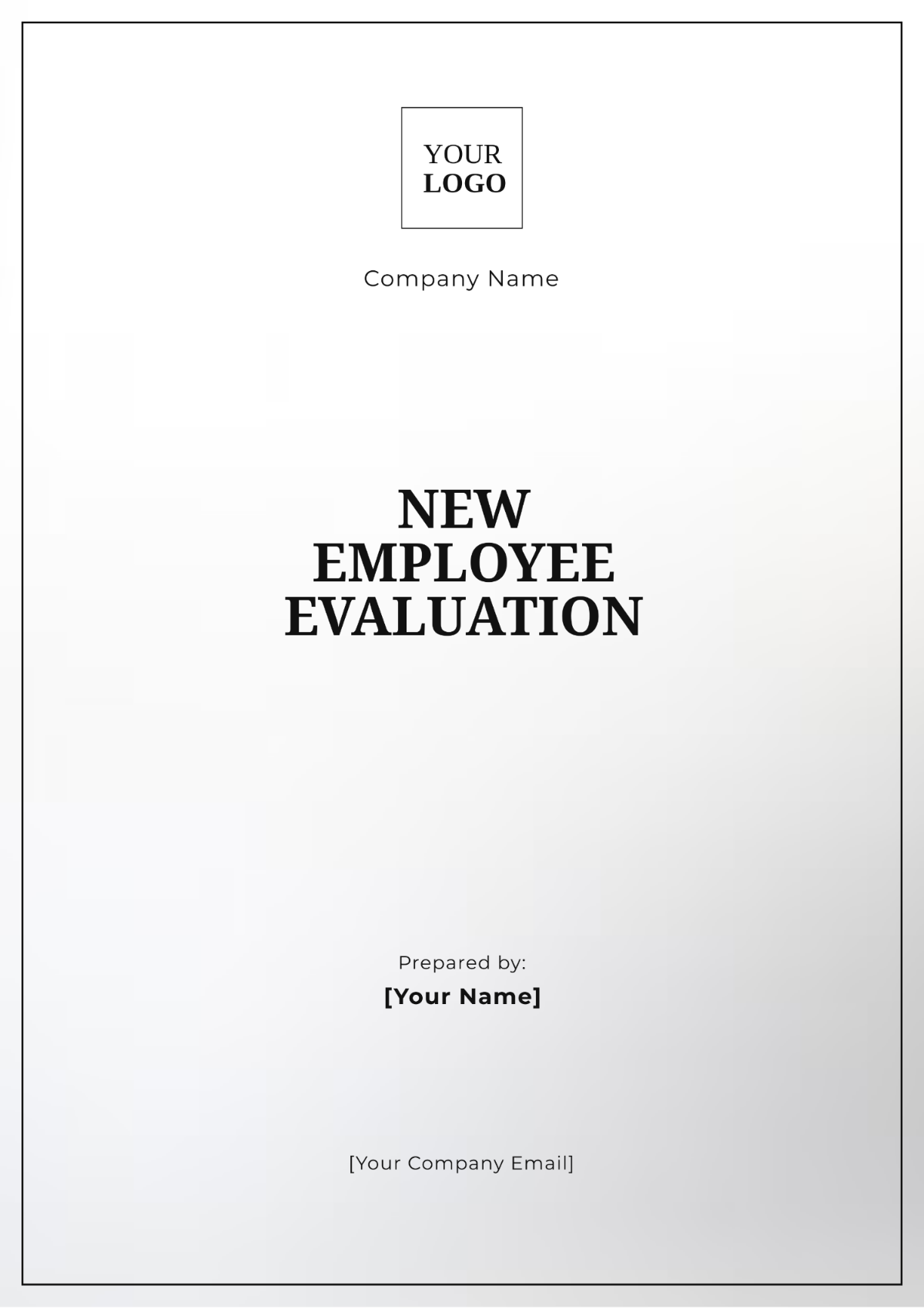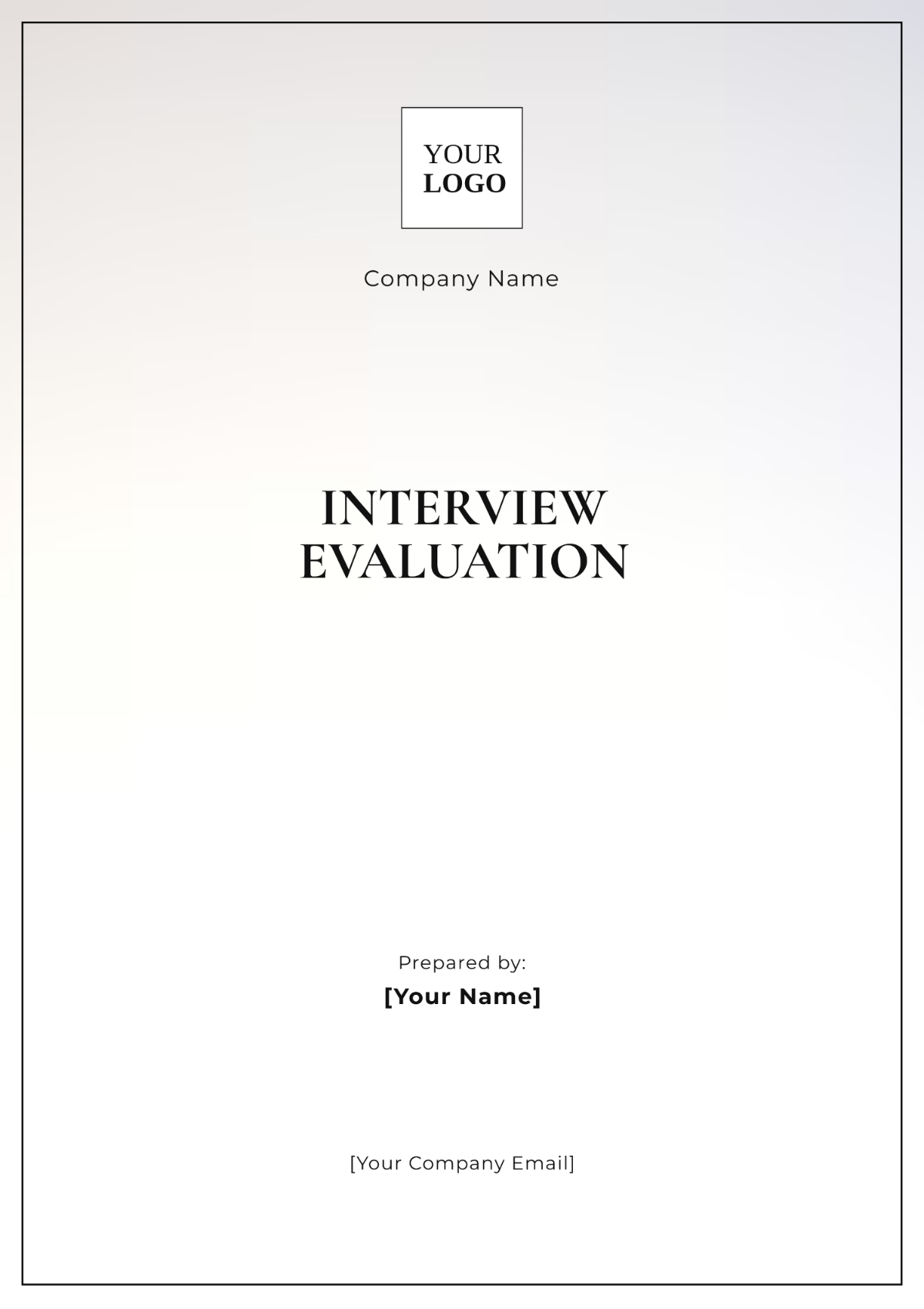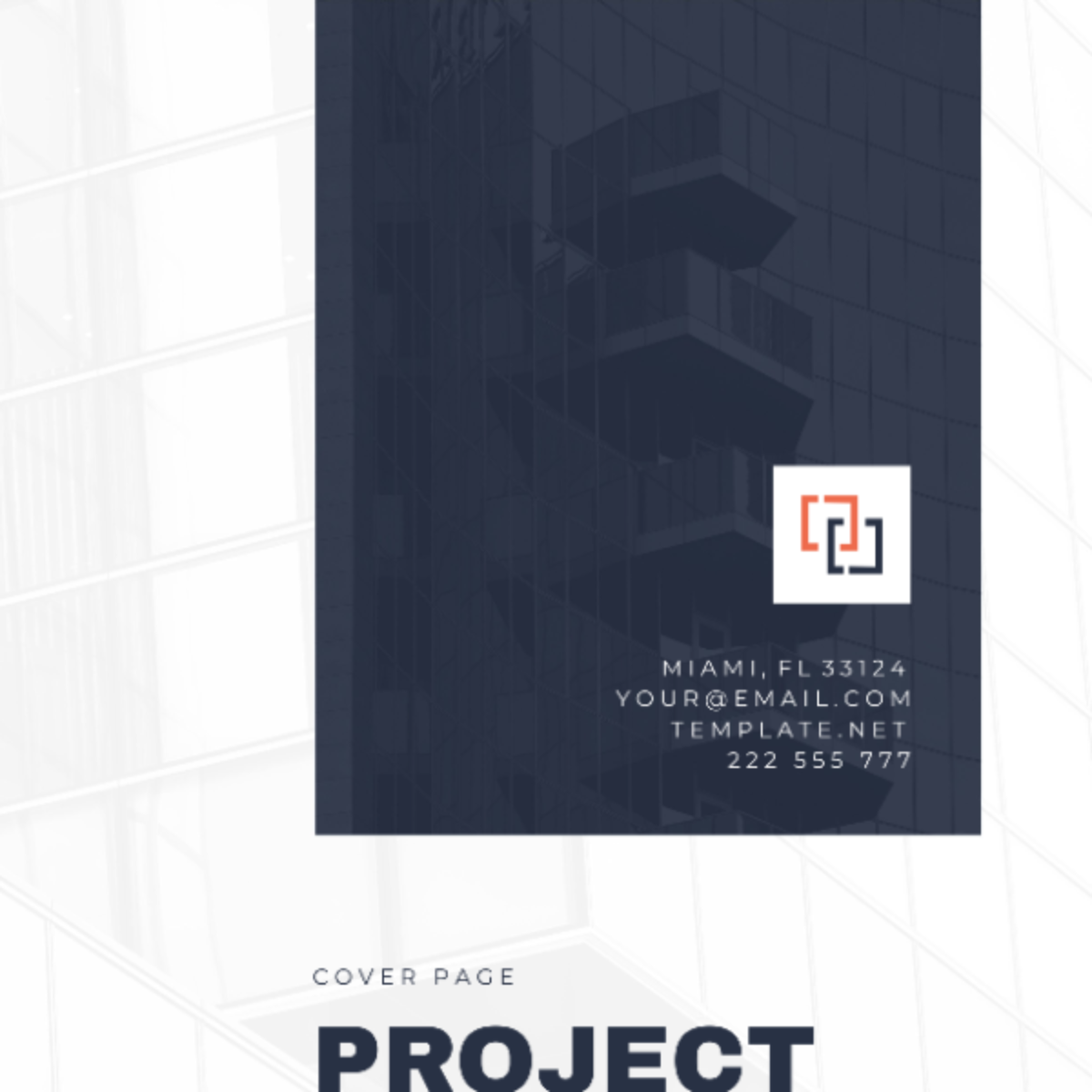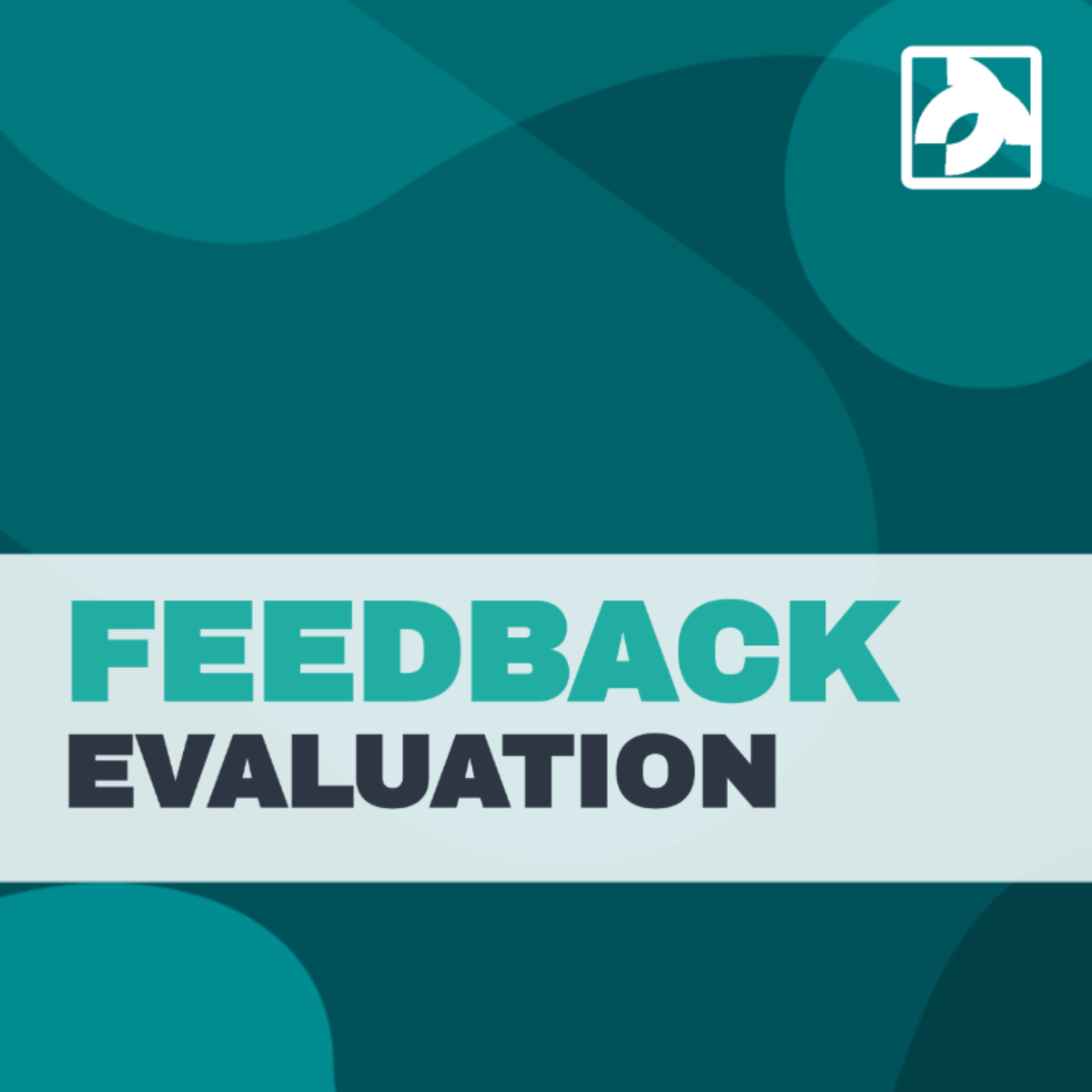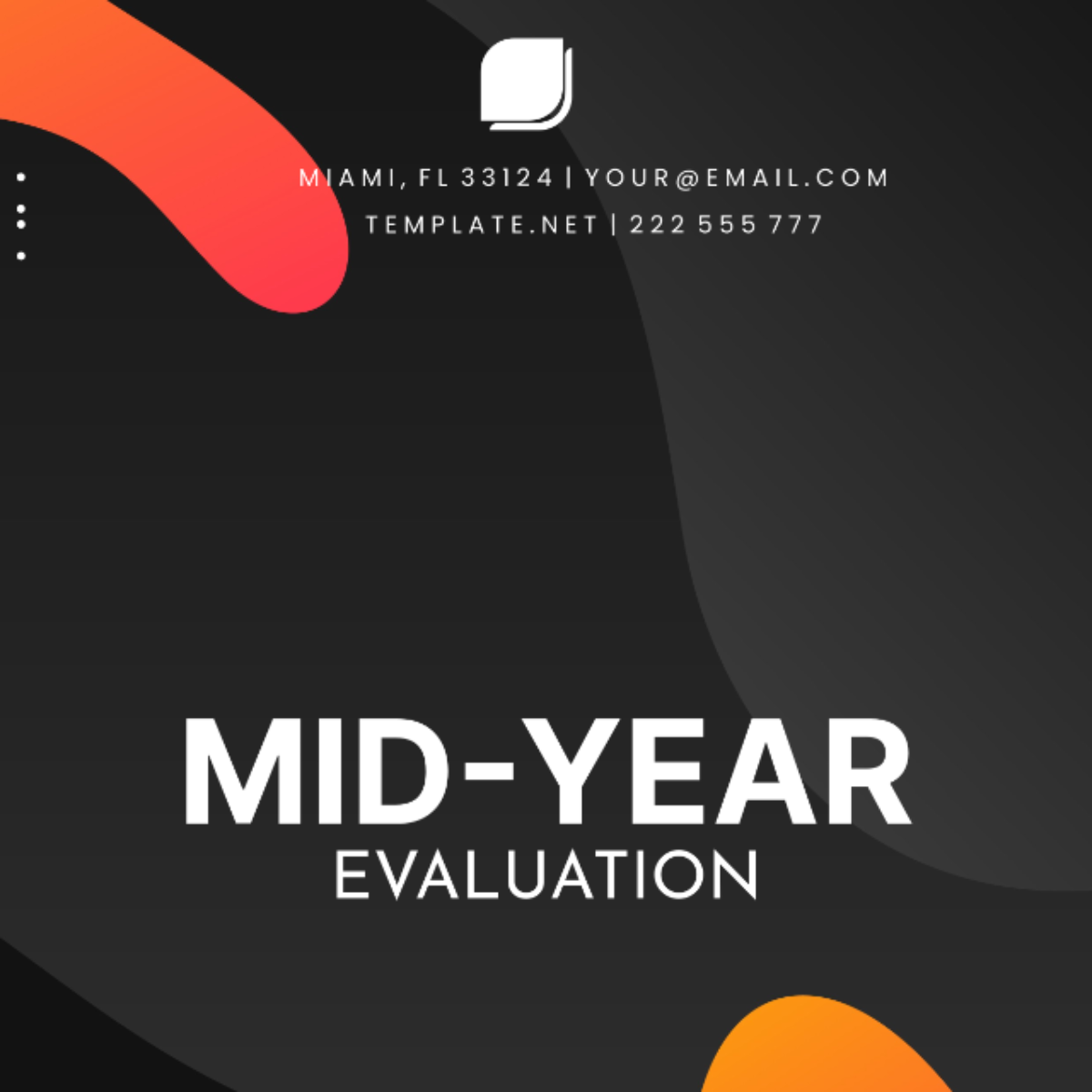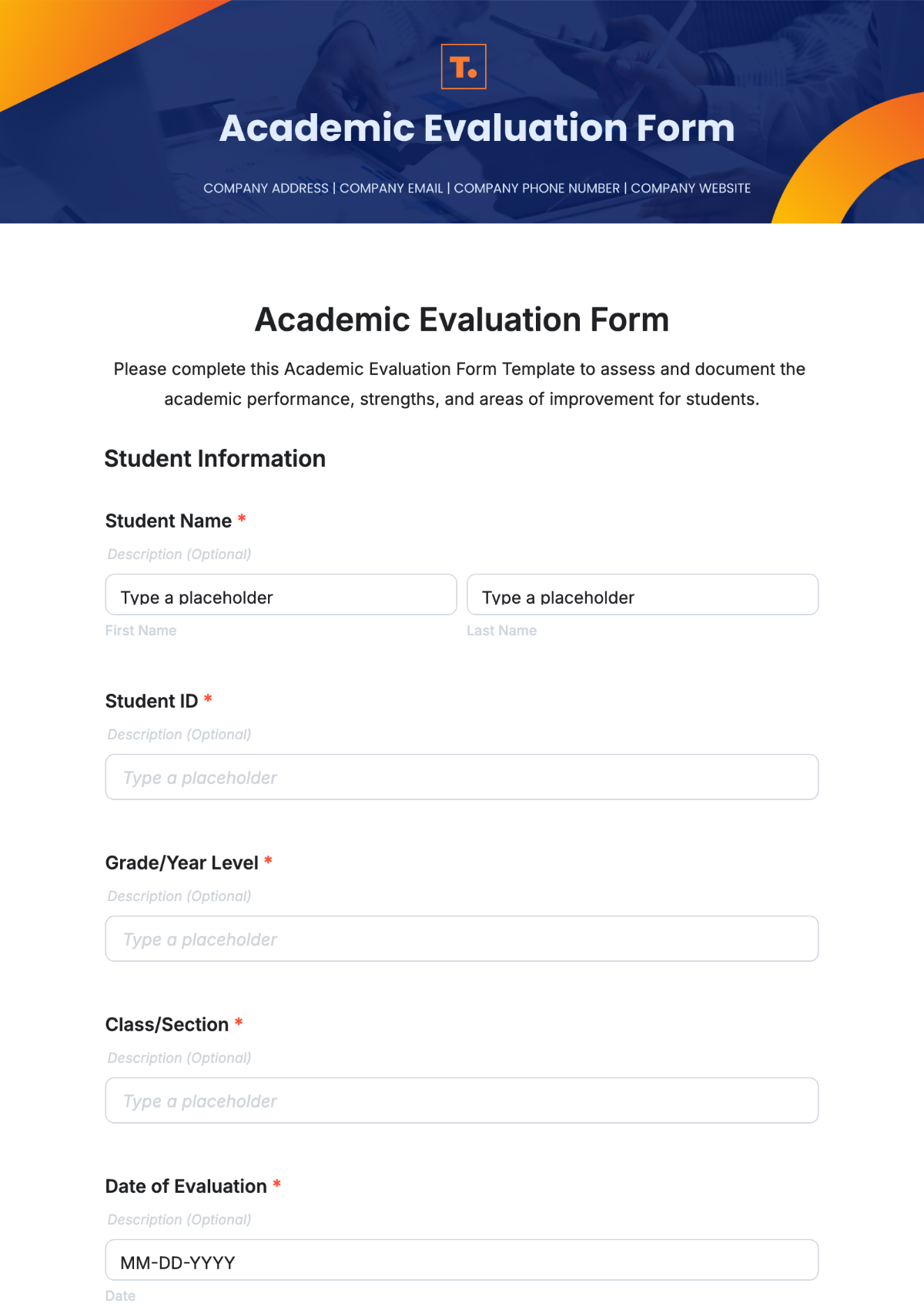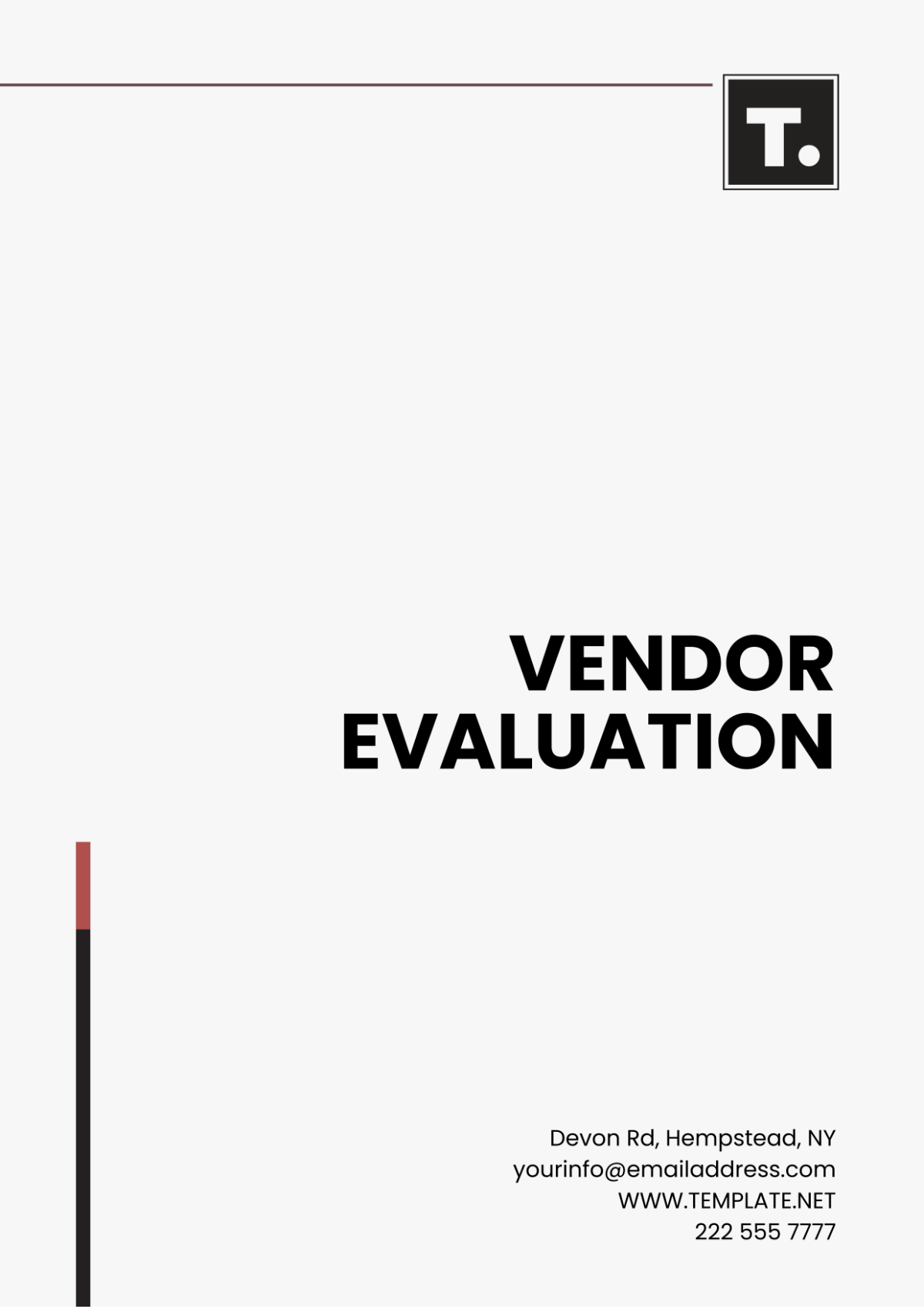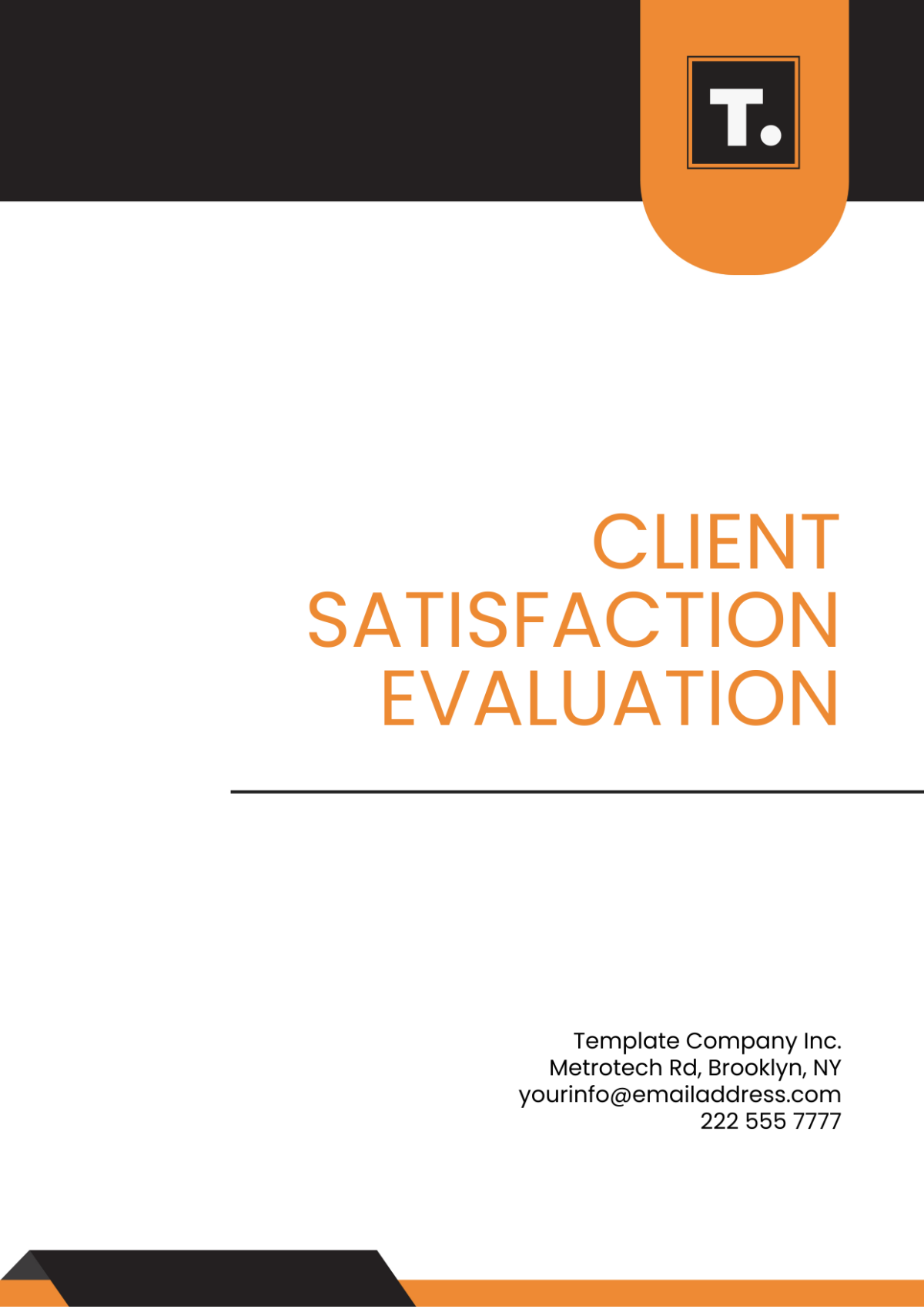Evaluation Models Research Design
Introduction
This evaluation aims to assess the effectiveness of the Rural School Literacy Improvement Program (RSLIP), which was designed to improve literacy rates among elementary school students in underserved rural communities over two academic years. The Rural School Literacy Improvement Program was implemented in 25 rural schools across three regions. The program involved daily reading interventions, teacher training workshops, and the distribution of reading materials.
Key Components:
Target Population: 500 students in Grades 3-5 from low-income families.
Key Activities: Teacher training sessions, distribution of 1,000 new books, and a daily literacy block focusing on reading comprehension, phonics, and vocabulary building.
Objectives
Objective 1: Determine whether students in the RSLIP program achieve a 15% increase in reading comprehension scores by the end of the second academic year.
Objective 2: Assess teacher satisfaction with the training and resources provided by the program.
Objective 3: Evaluate whether the program is sustainable for future years based on the costs, resources, and outcomes observed.
Select an Evaluation Model
Evaluation Model | Description | When to Use |
|---|---|---|
Formative Evaluation | Provides feedback during the early stages of program implementation to improve the design and delivery. | Use during the program's initial six months to identify early challenges and areas for improvement. |
Summative Evaluation | Measures the overall success of the program by evaluating the outcomes after completion. | Conduct at the end of the two-year program to determine if reading comprehension goals were met. |
Process Evaluation | Examines how well the program was implemented and whether all planned activities occurred as expected. | Perform ongoing evaluation during program delivery to ensure fidelity to the program model. |
Outcome Evaluation | Determines if the specific goals of the program, such as increased literacy rates, were achieved. | Use after the two-year program to assess whether students’ reading levels improved. |
Impact Evaluation | Investigates the long-term effects of the program, including broader impacts on students and the community. | Conduct one year after program completion to see if literacy improvements were sustained. |
Develop Evaluation Questions
Based on the objectives and models selected, the following evaluation questions will guide the process:
Formative Evaluation: What initial challenges do teachers face with the new curriculum, and how can these be addressed in the early stages of the program?
Summative Evaluation: Did the RSLIP achieve its goal of increasing literacy rates by 15% among participating students after two academic years?
Process Evaluation: Were the teacher training sessions and literacy blocks delivered as intended across all participating schools?
Outcome Evaluation: What percentage of students met or exceeded their literacy improvement targets by the end of the program?
Impact Evaluation: Have the literacy gains from the RSLIP been sustained in the year following program completion?
Data Collection Methods
A variety of data collection methods will be used to gather information about the program’s implementation and effectiveness.
Method | Description | When to Use |
|---|---|---|
Surveys | A survey will be administered to teachers and students to assess satisfaction and perceived effectiveness of the program. | Conduct surveys at the midpoint and end of the program. |
Interviews | In-depth interviews with school administrators and teachers to gather qualitative insights on the program’s impact and implementation. | Before, during, and after the program to track perspectives over time. |
Observations | Classroom observations to monitor the use of reading interventions and teacher-student interactions during the literacy block. | Monthly classroom observations during the two-year program. |
Focus Groups | Group discussions with students and teachers to identify challenges and successes in the program. | Conduct focus groups at the end of each school year. |
Document Analysis | Review of student progress reports, attendance records, and teacher training materials. | Throughout the program to ensure alignment between goals and activities. |
Case Studies | Develop case studies for select schools to examine program effectiveness in-depth. | After two years of detailed program analysis at high- and low-performing schools. |
Data Analysis Plan
The data analysis plan will use both qualitative and quantitative approaches to assess the program’s outcomes.
Quantitative Analysis:
Use statistical software like SPSS or Excel to analyze pre- and post-program test scores.
Conduct paired t-tests to assess the significance of reading comprehension improvements among students.
Perform a regression analysis to identify key factors influencing literacy gains, such as attendance and teacher experience.
Qualitative Analysis:
Thematic analysis will be used to identify recurring themes in interview transcripts and focus group discussions.
Coding will focus on identifying barriers to program implementation and perceived benefits from both teachers and students.
Evaluation Timeline
Activity | Time Frame |
|---|---|
Defining Objectives | Week 1-2 (August) |
Selection of Evaluation Model | Week 3 (August) |
Developing Evaluation Questions | Week 4 (September) |
Data Collection | October to May (ongoing over two academic years) |
Data Analysis | June (after each academic year) |
Reporting and Presentation of Results | July of Year 1 and Year 2 |
Conclusion
This evaluation design provided a structured approach to assess the effectiveness of the RSLIP program. The findings indicate that the program was largely successful, but there is room for improvement in implementation fidelity and resource allocation. The evaluation will inform future decisions on expanding the program to more schools.
References
American Psychological Association. (2050). Publication Manual of the American Psychological Association (7th ed.).
Patton, M. Q. (2052). Qualitative Research & Evaluation Methods (4th ed.). SAGE Publications.
Royse, D., Thyer, B. A., & Padgett, D. K. (2054). Program Evaluation: An Introduction (6th ed.). Cengage Learning.
